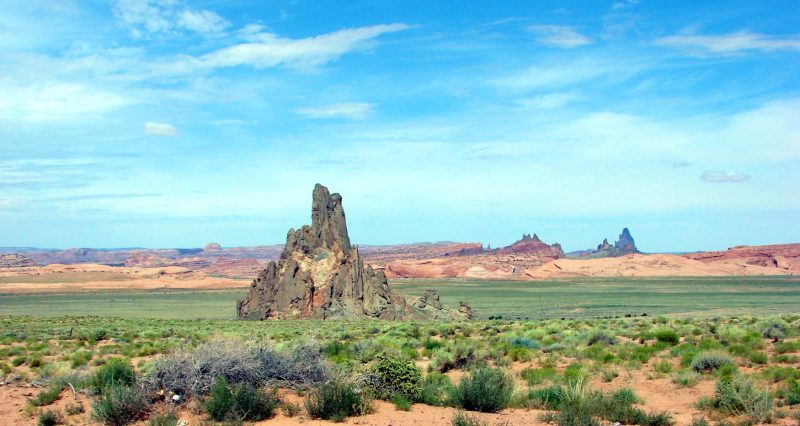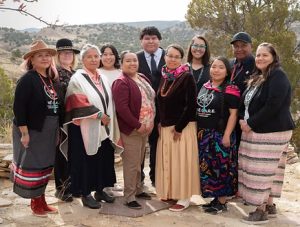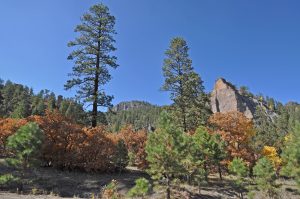
Diné Citizens Against Ruining our Environment (C.A.R.E.) is a grassroots environmental justice organization promoting regenerative and sustainable uses of natural resources on Diné (Navajo) lands. Founded by a group of Diné community members in 1988, the organization emerged in opposition to a proposed hazardous waste incineration facility in the Navajo Nation. At 17.5 million acres, the Navajo Nation is the largest Native American reservation in the United States. It is home to 165,000 people and a biodiverse array of ecosystems and wildlife, all of which are threatened by logging, mining, and other forms of reckless development. “After over 100 years of these facilities affecting our lands, there’s a lot of reclamation that needs to happen,” says Robyn Jackson, Diné C.A.R.E.’s executive director. Serving the Diné people and all other life within and beyond the Four Sacred Mountains, Diné C.A.R.E. engages in community organizing, public education, and policy advocacy. “Our mission is to advocate for our traditional teachings and Diné philosophy and way of life,” Robyn Jackson says.

2025 Diné C.A.R.E. Board Members & Staff. Photo: Diné C.A.R.E.
An Indigenous woman-led organization with six staff and five board members, Diné C.A.R.E. has been fighting for environmental justice in the Navajo Nation for over 35 years. In the 1990s, the organization’s anti-logging campaigns successfully halted industrial clear-cutting operations in the Navajo Nation’s Chuska Mountains, protecting more than 42,000 acres of old-growth forest. Diné C.A.R.E.’s advocacy work played an instrumental role in the reform of the Radiation Exposure Compensation Act (RECA) in 2000, which enabled Navajo uranium workers and their families to receive long-overdue compensation for uranium-related health effects. In 2015, Diné C.A.R.E. joined a consent decree that forced the APS Four Corners Power Plant to reduce toxic nitrogen oxide and sulfur dioxide emissions, pay $1.5 million in penalties, and fund $6.7 million in health and mitigation efforts for nearby Tribal communities. In all they do, Diné C.A.R.E. “continues to be that voice, that resistance, promoting Indigenous environmental justice,” Robyn Jackson says.

A view of the Navajo Nation’s Chuska Mountains, which Diné C.A.R.E. saved from clear-cutting operations in the 1990s. Photo: Kaibab National Forest, Southwestern Region, USDA Forest Service (public domain)